Blog
2 August 2023
Neuron analyses rider demographics to enhance adoption and safety!
Once thought of as just “boys’ toys”, e-scooters are now widely-adopted by all genders as a mainstream transport option
2 August 2023
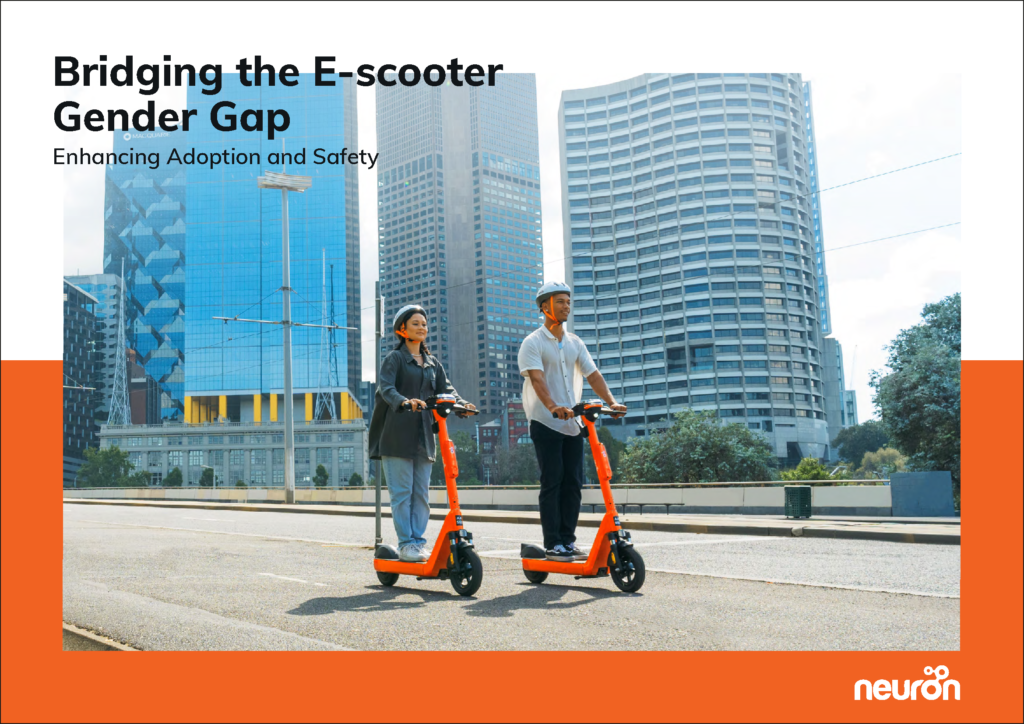
Today we launch our latest report, Bridging the E-scooter Gender Gap: Enhancing Adoption and Safety, which analyses how the adoption, usage and perception of e-scooters differ between men and women. The research provides valuable insights into how cities can make safer and more inclusive micromobility programmes for all.
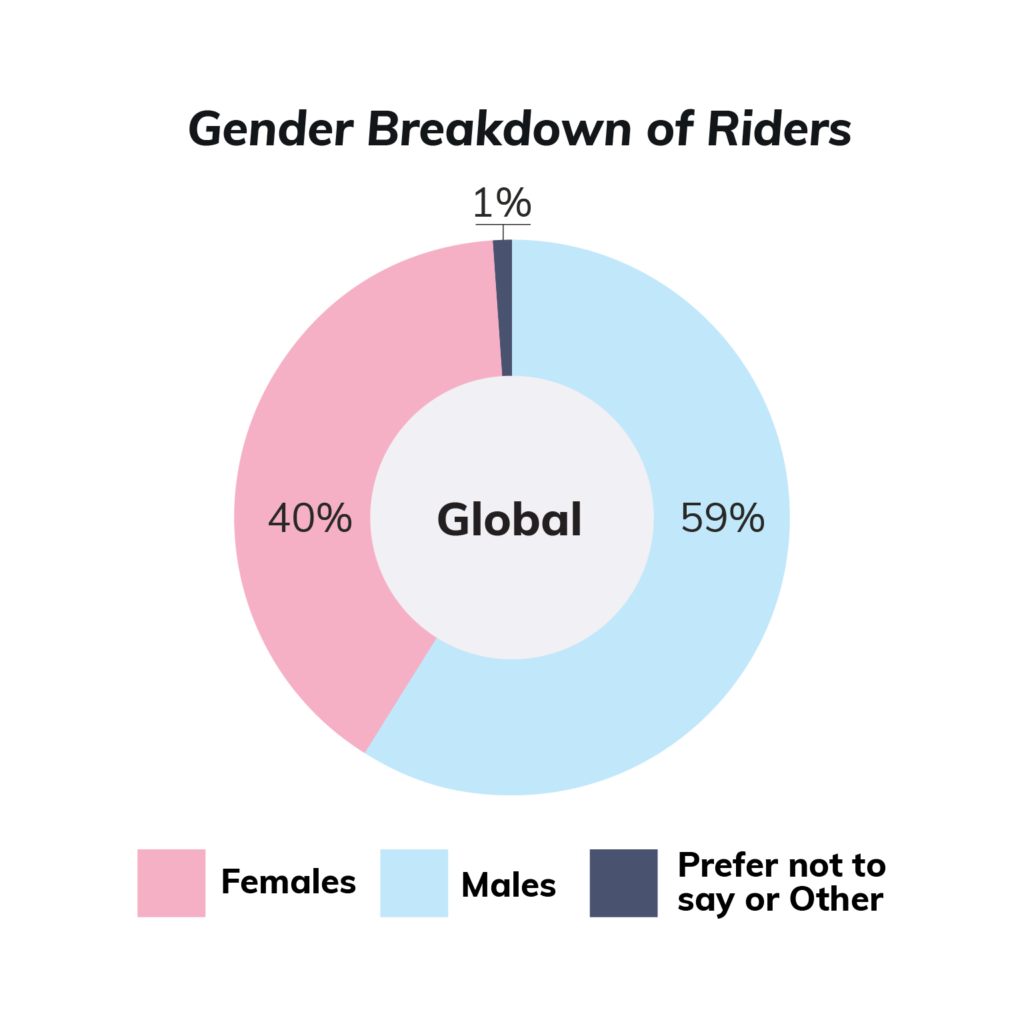
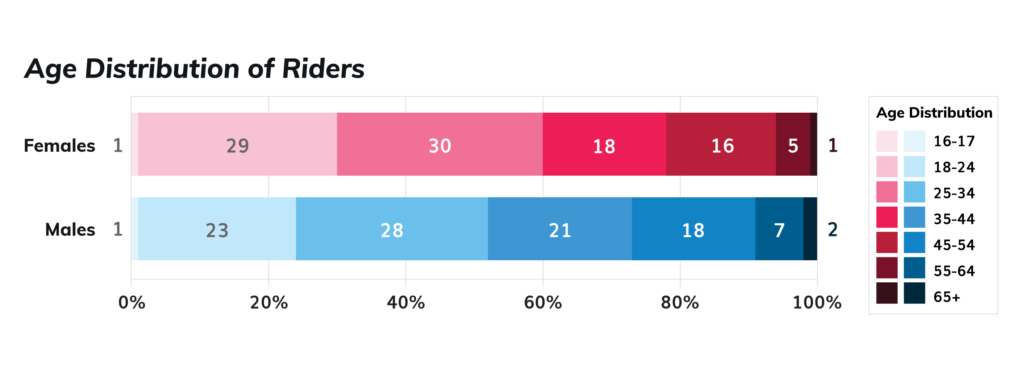
According to survey data, a gender gap exists across our markets with a split of 59% male and 40% female riders. However, significant advancements in e-scooter design and regulation in recent years have meant that e-scooters are no longer regarded as just “boys’ toys”. In fact, a higher proportion of younger women (16 – 34 years) worldwide are now actively choosing to ride e-scooters compared to their male counterparts (60% vs 52%).

Various factors have contributed to the gender gap including the stark differences in risk tolerance, with female riders prioritising safety to a greater extent, as opposed to males who valued speed and handling. Early adoption of private e-scooters was predominantly led by younger men, and this accelerated their uptake of rental e-scooters which are now seen in many cities worldwide.
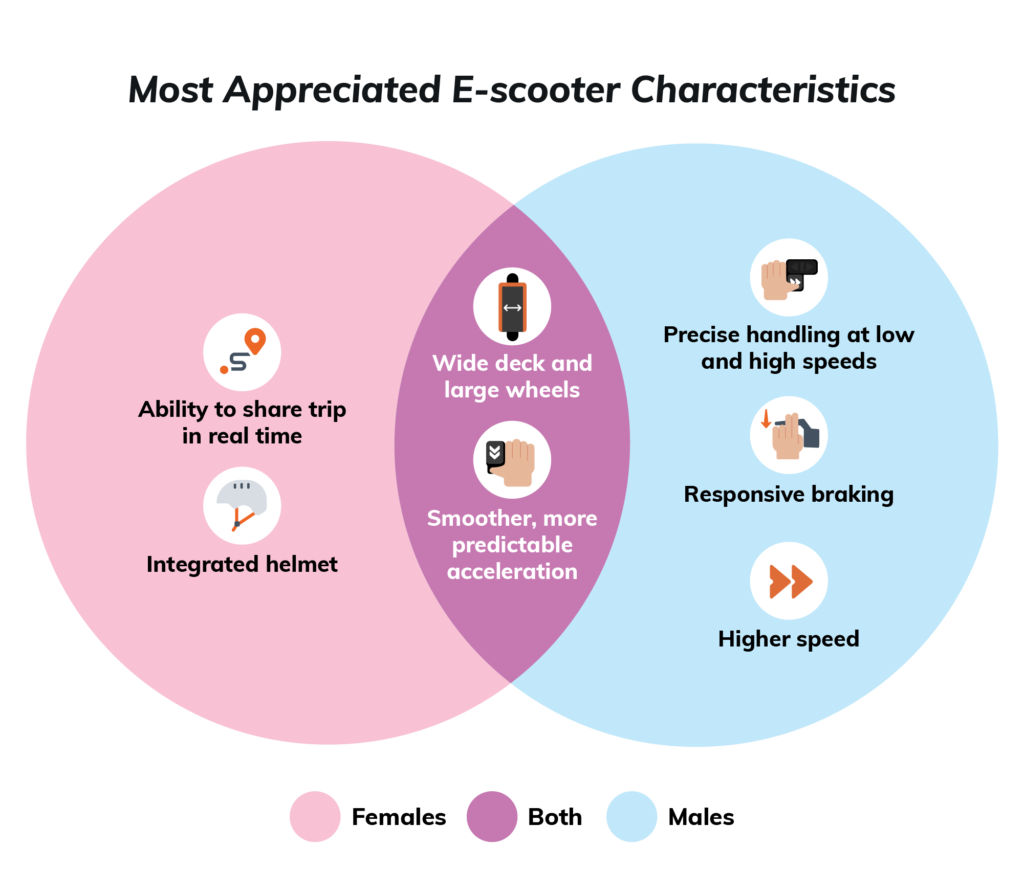
City infrastructure is reported to play a crucial role in e-scooter adoption rates. When asked what would significantly improve ridership, 73% called for cities to provide more protected lanes while 89% would like more parking stations with physical identifiers like painted bays. Males were also found to favour the provision of infrastructure which improved access and connectivity, while females wanted better riding conditions.
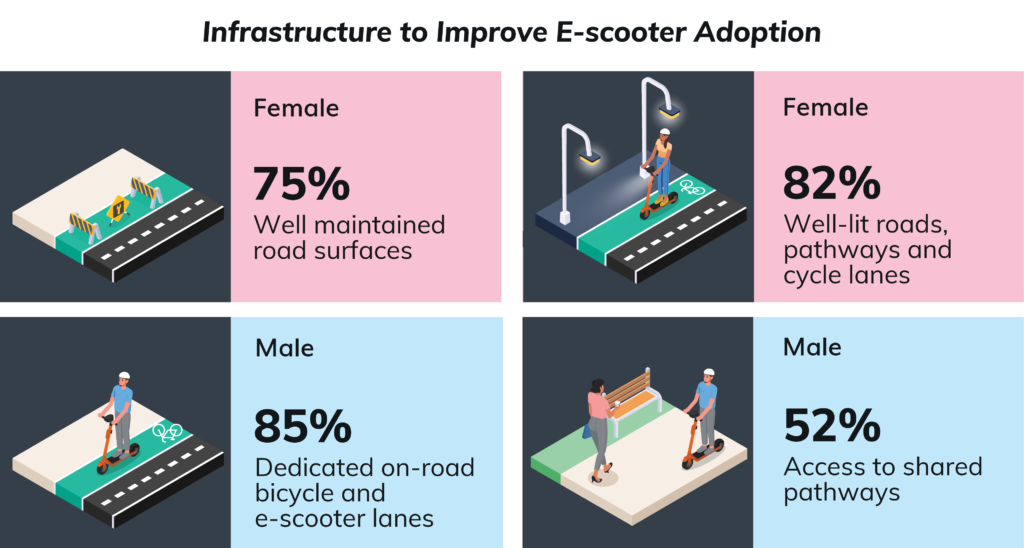
Increasingly cities, as well as riders, are recognising that rental e-scooters provide an important transport service for the night time economy. Hospitality and healthcare workers turn to e-scooters for their affordability compared to taxis and ride-hailing services, while some women felt safer travelling on an e-scooter alone at night compared to walking or public transport.

It’s clear more women than ever before are seeing e-scooters as a great way to travel. As we deepdive into Neuron’s data and research, the report offers key recommendations for policymakers, urban planners, city transport teams and e-scooter service providers to foster a more inclusive and safer e-scooter ecosystem for all.
-
 Neuron and Beam to Merge, Solidifying APAC E-Scooter Leadership2 July 2025/0 Comments
Neuron and Beam to Merge, Solidifying APAC E-Scooter Leadership2 July 2025/0 Comments -

-
